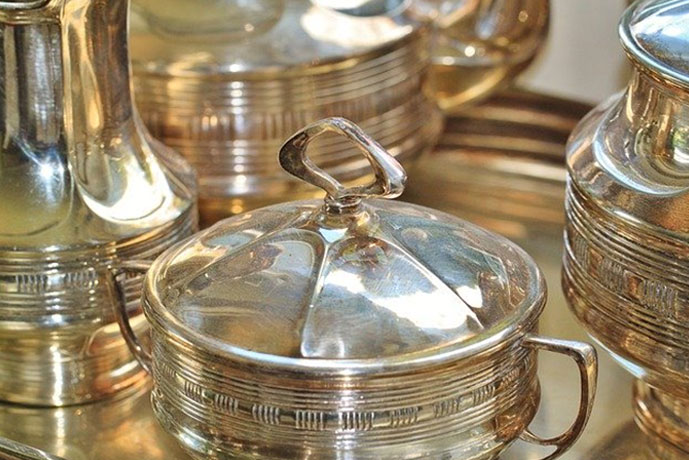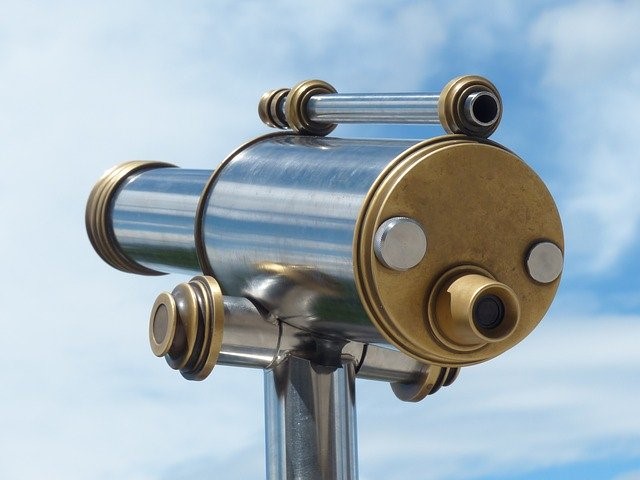Corrosion refers to the natural or forced destruction of metal. Different metals corrode in different ways. Iron, for instance, corrode by transforming into iron oxide or rust when exposed to oxygen, while zinc forms a layer of zinc oxide on its surface, which later hardens and turns into zinc carbonate when exposed to atmospheric carbon dioxide.
The chemical agent that prompts corrosion affects each metal differently, too, as elucidated through the above-mentioned examples. Oxygen remains the most influential of all corrosion-causing elements due to its abundance, but various compounds, particularly acids, are many times more potent.
Corrosion impacts not just a metal’s appearance, but also its longevity. Especially if the metal has an assigned structural function, identifying and eliminating factors that could trigger corrosion is necessary to prevent accidents.
Stages of Corrosion
There’s a vast range of factors that affect the rate and manner by which a metal corrodes. These include metal type, chemical agent, metal composition, temperature, pressure, and a plethora of environmental factors. It is therefore safe to say that each metal type undergoes unique stages of corrosion when exposed to the same chemical.
To make it easier for us to understand how metals corrode, let us categorize them based on their iron content, since iron is a key player in the corrosion of many of today’s extensively utilized metals. Let’s call those that contain iron “ferrous metals” and those that do not “non-ferrous metals”. Assuming the chemical agent is oxygen, here’s how these two types of metals react.
-
Ferrous Metals
– Oxygen is present in the atmosphere, so unless placed in a vacuum, ferrous metals are bound to corrode. When a ferrous metal corrodes, oxygen molecules latch onto iron molecules, forming iron oxide. This continues until all of the iron within the metal leaches out.
-
Non-Ferrous Metals
– Metals like copper, bronze, and brass corrode almost the same way as iron and steel, except the damage stays on the surface. When oxygen molecules combine with the molecules of non-ferrous metals like these, a layer of oxide forms. Over time, this oxide combines with carbon dioxide to form a carbonate, which later becomes the metal’s protective layer.
The Noble Metals
There’s a group of metals that neither tarnish nor rust when exposed to oxygen. They are called noble metals. Platinum, gold, silver, and palladium belong to this group. Even prominent non-ferrous metals like copper and titanium don’t make the cut, because they, too, corrode. Want to know if your gold jewelry is authentic? Try not polishing it for days. If it stays shiny, it means it’s authentic.
Metal Polishing Process
Thankfully, corrosion can be fixed, depending on the metal type and the severity of damage. This isn’t the case with ferrous metals in which corrosion has already cut deep. Like a rotten tooth, there’s a limit to how much of a piece of ferrous metal has been consumed by rust so it can be considered non-salvageable.
It’s a different story when you are dealing with non-ferrous metals. As explained, the damage left by corrosion on these metals are only skin-deep, because the patina acts as a shield against further damage. Such shield can preserve the metal inside for a long time. To give you an idea how long, the oldest metallic artifact discovered was a copper awl, which dates back to 5,100 B.C. It’s surface is heavily corroded but the inside is intact.
Of course, it’s difficult to remove patina and restore a metal’s luster, which is why you should polish a metal when it’s just starting to tarnish. Tarnishing is the first stage of corrosion and it’s just a thin layer that can easily be polished by scrubbing with a homemade or commercial metal polish. Besides, scraping away the patina might damage the metal underneath, especially if it’s the soft type, so don’t wait for the metal to patinate before you polish it.
Then again, if you really need to polish a severely corroded metal item but you don’t have the right tools and polishing agent, opt for professional metal polishing services. They use cutting edge-technology, including powerful substances to eradicate even thick layers of corrosion.
Whether it’s a jewelry item or a raw metal piece you bought from one of the bronze or brass suppliers in your area, if it’s made of a non-ferrous metal like copper, brass, or bronze, it can be polished back to its shimmering self. Here are some simple tips you can follow.
- Wash the metal piece with soap and water very carefully to remove dust and grease. Excess dust may contain tiny pieces of stones that can scratch the surface of your metal piece when you start scrubbing.
- Dry the metal piece properly until it’s totally stripped of moisture. Water may not go well with the metal polish. Buffing while the surface is still slightly wet may not yield the result you desire.
- Choose between a homemade polish and a commercial one. It would be easy to just buy over-the-counter metal polish, but if you’re the exploratory type, you can make your own metal polish by mixing boiled water, baking soda, and salt.
- Rub the surface of the metal item with the metal polish mixture and let it sit for a few minutes. Then buff it with a clean cloth until the shiny surface emerges. Do this repeatedly until all surfaces have been fully buffed.
If ever you are interested in making metal furniture yourself, consider using any of the 100 different copper alloys. They’re not just rust resistant, but they are also visually appealing. Some brasses even have a gold-like shade, which makes them so elegant-looking. Just remember to buy your supplies from one of the top bronze and brass suppliers in North America, such as Rotax Metals. They offer some of the highest quality copper alloy supplies in the country.




